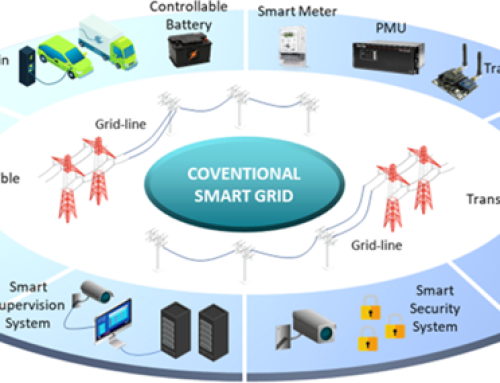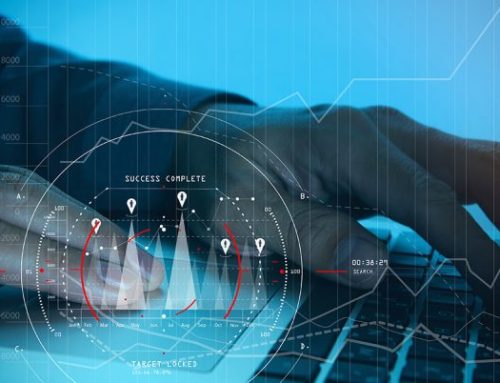Do your teams struggle to keep up with growing clean energy rules and form deadlines? You’re not alone. As renewable energy grows across the U.S., so does the list of rules, forms, codes, and audits. You add more solar, more wind, but also more compliance steps. Forms like FERC 1, 2, 775, and state checks don’t just ask for reports; they demand clear, traceable proof.
Your team ends up chasing data from scattered tools, emails, and spreadsheets. And when deadlines approach, accuracy drops. That’s where Renewable Energy ERP Solutions change the game, not just for reporting, but for better control, better tracking, and full compliance with clean power laws.
The Compliance Puzzle Is Bigger Than It Looks
Managing compliance in the energy space isn’t about one report. It’s an ongoing loop. Field data, site reports, asset logs, and financial checks must all flow into one place. But in many firms, this information still moves through manual logs, outdated files, or multiple software tools. This gap creates errors and slowdowns. And with rules getting stricter, even a small miss can bring heavy delays or penalties.
Renewable Energy ERP Solutions built on Dynamics 365 help organize these work steps. They track the full chain, from meter reads to revenue logs, from outage checks to form creation. As regulations shift, the system updates with them. No jumping between apps. No last-minute rush. Everything moves in sync.
Regulatory Forms Without the Stress
Regulatory forms are not only long but also complicated. Many businesses still fill them manually or semi-manually. This takes time, effort, and adds risk. Every wrong number, every skipped field, means time lost in corrections.
By using automated setup through Renewable Energy ERP Solutions, teams no longer build forms from scratch. The system maps data directly from the operations side. Whether it’s energy output, repair records, or price logs, the ERP lines it up. Smart tags match each section. Forms complete themselves based on real-time field input. You reduce delays, lower reporting errors, and stay ahead of rule changes.
Power Output, Outages, and Price, Track It All in One Place
One of the big hurdles for clean energy providers is tracking flow, how much is generated, how much is stored, how much is sold. Then you have price shifts, downtime logs, and outage windows. Keeping this all in line with local laws becomes complex.
Here’s where Renewable Energy ERP Solutions offer relief. With help from Dynamics 365 and the Electrical Management Module, teams can track every movement of power. The system maps generation to output. It logs pricing rules, adjusts for transmission breaks, and notes which sites need attention. Instead of five different tools, all of this lives in one screen.
Even better, Renewable Energy ERP Solutions allow cost forecasting and outage alerts to go live. Your finance and field teams stay in sync. Your audits become easier. Your workflows become leaner.
Linking SCADA, ADMS, and ERP for a Clearer View
Many teams already have monitoring tools like SCADA or ADMS. These tools give grid data. They show faults, surges, and usage. But they don’t show cost, compliance, or revenue health. That’s the gap.
By linking SCADA and ADMS into Renewable Energy ERP Solutions, you connect field monitoring with full business logic. Real-time energy data now feeds financial systems. You not only see how energy flows, but also how much it costs, what revenue it makes, and whether it fits current green targets.
This makes the system useful for both engineers and executives. From the control room to the boardroom, everyone sees the same story.
ERP Compliance Setup Made Simple
Below is how ERP modules help simplify compliance across different layers of your energy business:
|
Area of Compliance |
ERP Function Involved |
Direct Outcome |
|
FERC Reporting |
Pre-tagged form fields, auto-filled logs |
Faster form completion with zero re-entry |
|
Environmental Rules (air, water) |
Real-time site data tracking |
Instant alerts and gap flags |
|
Safety & Risk Logs |
Built-in safety modules |
Live view of accidents, hazards, or delays |
| Financial & Revenue Records | Linked billing and audit trail |
Easy trace for revenue and rate records |
|
Energy Usage & Output Logs |
Site logs linked to generation reports |
Transparent view of clean fuel use |
Adapting to the Boom in Solar and Storage
The renewable industry is moving faster than most tools can follow. In fact, solar energy projects added 50 GW of capacity in the U.S. last year, and solar combined with storage made up 84% of all new utility-scale setups. That means more data to track, more rules to meet, and less time to manage all of it.
ERP tools help here by adjusting workflows quickly. You can set rules for solar-only sites or mixed energy projects. Alerts can be built for storage thresholds or contract caps. Reports adjust with one click. Instead of lagging behind the industry, your setup moves with it.
Smarter Document Management and Auto Alerts
Clean energy projects bring paperwork. Not just forms, but also internal checks, supplier agreements, and audit records. Most teams store these in scattered folders. Searching for a contract or audit proof becomes a task in itself.
That’s where Renewable Energy ERP Solutions help once again. They index every document. They log every update. And more importantly, they trigger alerts when due dates come near or terms shift. No more late filings. No more lost documents. Your records stay clean, traceable, and ready for any check.
Conclusion
Modern energy firms need better tools to match the pace of clean energy growth. The more you scale, the more you must track. With Renewable Energy ERP Solutions, your team gets one clean view of reports, risks, revenue, and rules. It makes audits smoother, plants smarter, and teams sharper.
To get started with a setup that fits your power goals, connect with the experts at E-365.ai. Let’s build your future with Renewable Energy ERP Solutions.
FAQs
- Can we meet changing green policies using ERP systems?
Yes. ERP setups are designed to adapt fast. You can update rules, apply checks, and track changes across each site.
- What if we use SCADA already, will ERP still help?
Yes. ERP connects SCADA to finance, compliance, and risk. It bridges field data with decision-making tools.
- Is this only for solar, or work with wind too?
It works across clean energy types, solar, wind, hydro, or mix. Templates adjust based on what power you produce.






Leave A Comment